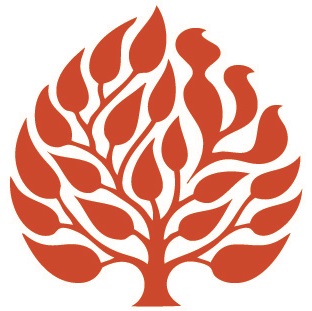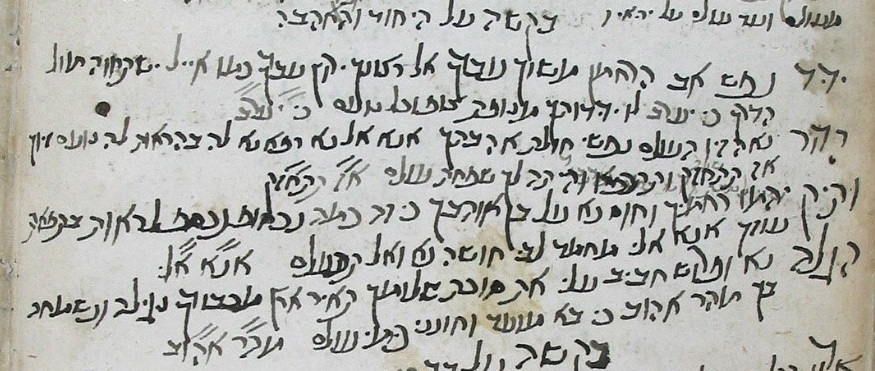The Poet’s Hand

Beginning with Siddur Sim Shalom, Conservative prayer books began including a slightly different version of the much-loved Sabbath evening hymn Yedid Nefesh. The changes, though mostly slight, caused—and sometimes still cause—confusion, disrupting those who learned the traditionally printed version of this hymn with different grammatical forms and a few different words. What caused the change and why was it deemed sufficiently important that it should supersede the better-known version?
Before answering these questions directly, it is important to note that different versions of the “same” text, common as they are, almost always make sense independently, such that the non-original version can be used without noticing any “mistakes.” This is the case with the non-original but “traditional” version of Yedid Nefesh. For example, the latter version appears in a form that adopts the standards of biblical grammar, which is perfectly correct on its own terms, and it replaces a phrase that originally read “shifhat olam” (eternal handmaiden) with “simhat olam” (eternal joy), both of which make sense in context. But, in fact, the poem was originally written using the grammar of rabbinic Hebrew, so these changes, amongst others, distort the original meaning of the poem. How do we know this?
Because the autograph (that is, in the hand of the author) copy of the song is preserved in manuscript, a manuscript found in the Rare Book Room of the Library of JTS (see illustration). From this original copy, we know what the author intended, so the corrections found in our prayer books are not arbitrary. When a poet writes a poem, he or she composes the language of that poem in a very precise way. If we know what that poet wrote, we should respect her or his handiwork. Thus, changes of this kind in our prayer book are not an expression of pedantic scholarship; they are our way of respecting the poet’s creation—a creation the original of which you see before you. When our Rare Book Room reopens in the fall of 2019, please come by to see it in person!




